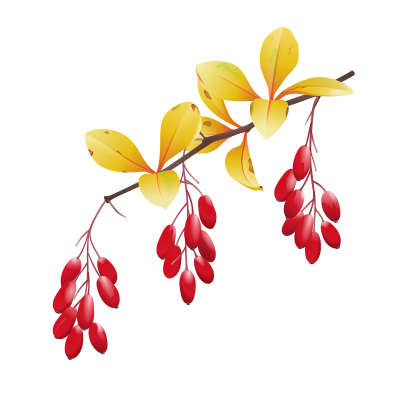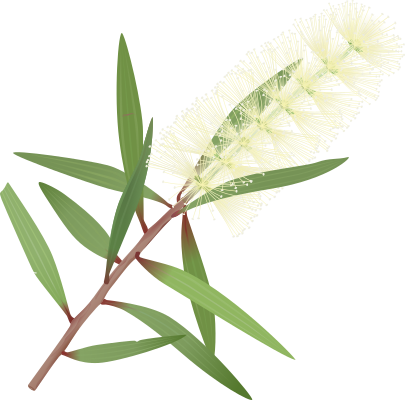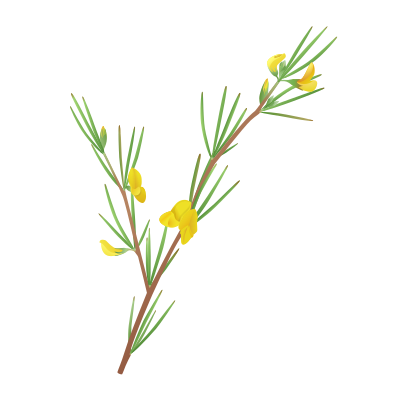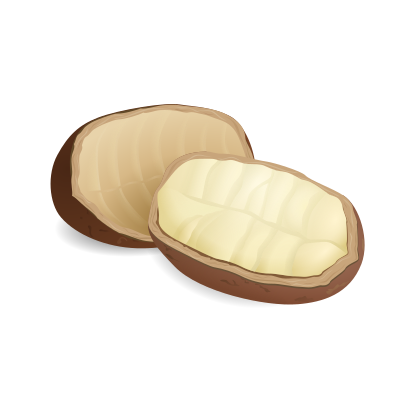Berberis, commonly known as barberry, is a large genus of deciduous and evergreen shrubs from 1–5 m (3.3–16.4 ft) tall, found throughout temperate and subtropical regions of the world (apart from Australia). The best-known Berberis species is the European barberry, Berberis vulgaris, which is common in Europe, North Africa, the Middle East, and central Asia, and has been widely introduced in North America. Its leaves are small oval, 2–5 centimetres (0.79–1.97 in) long and 1–2 centimetres (0.39–0.79 in) broad, with a serrated margin; they are borne in clusters of 2–5 together, subtended by a three-branched spine 3–8 mm long. TheContinue Reading…





